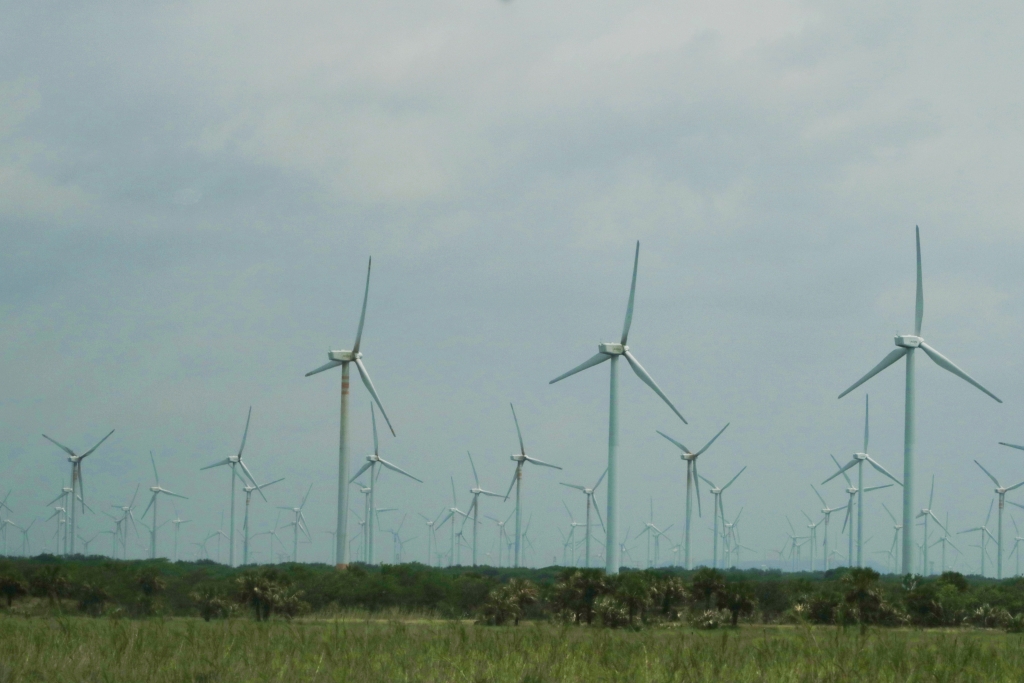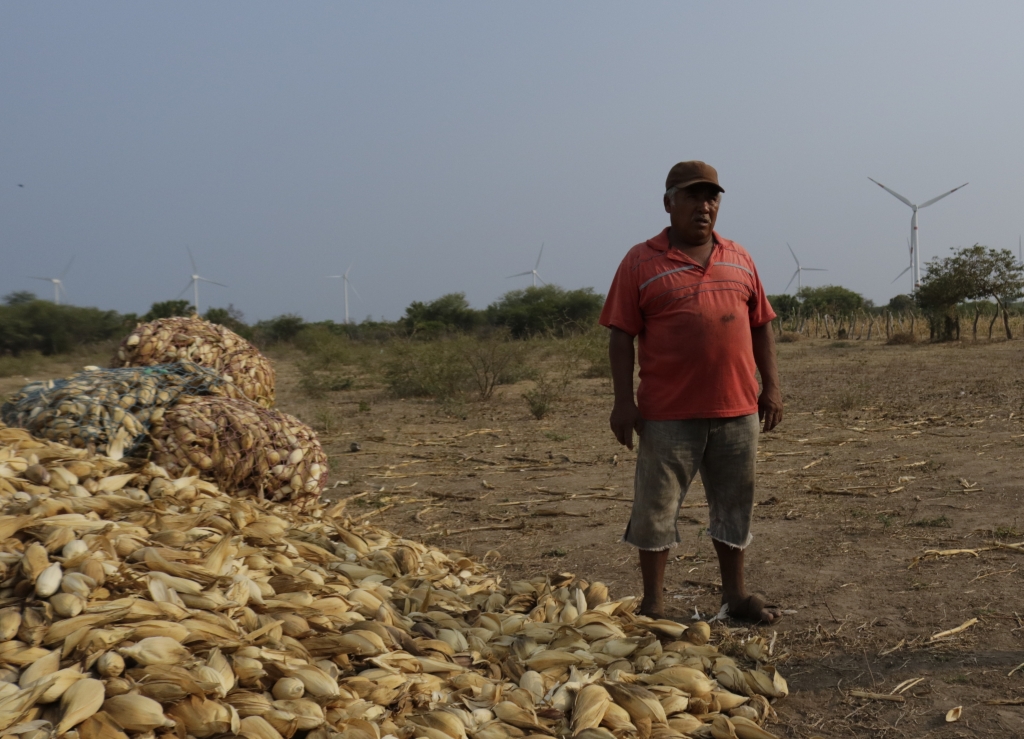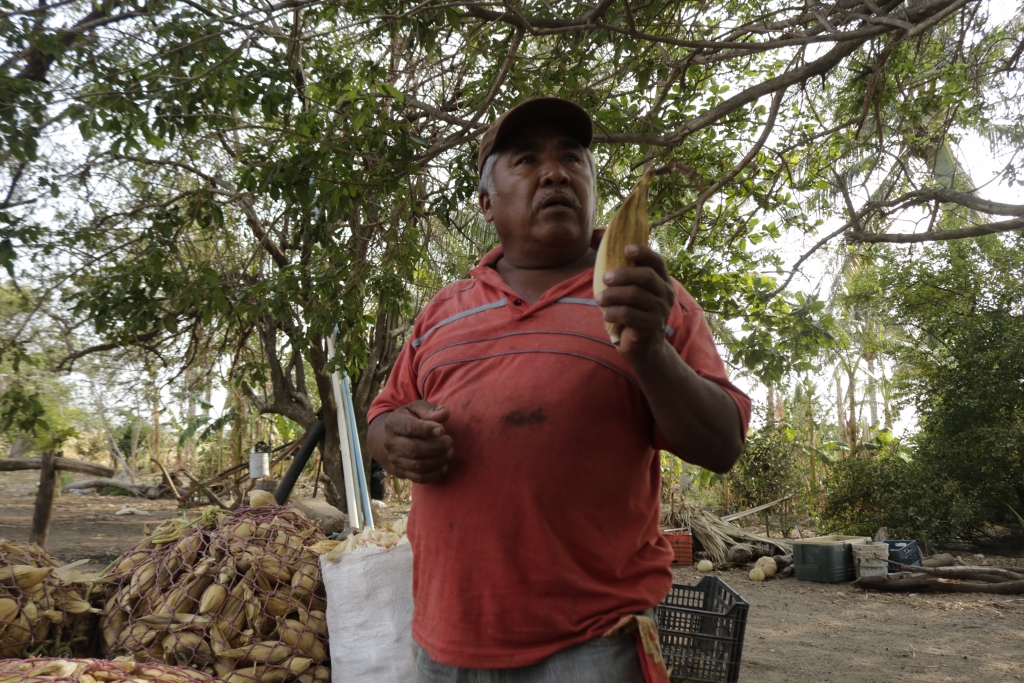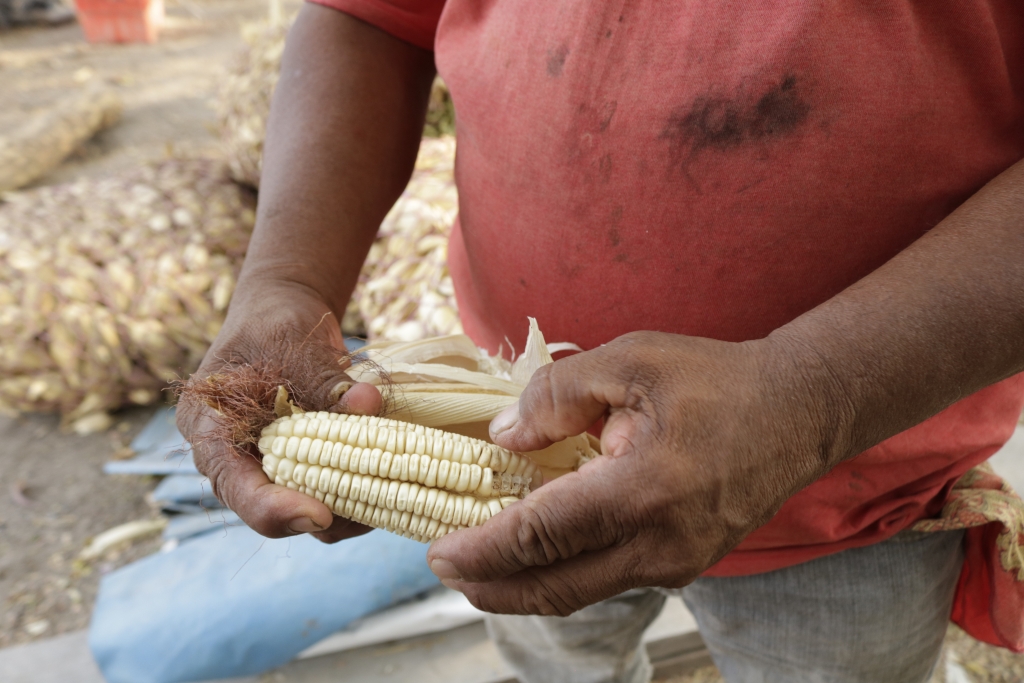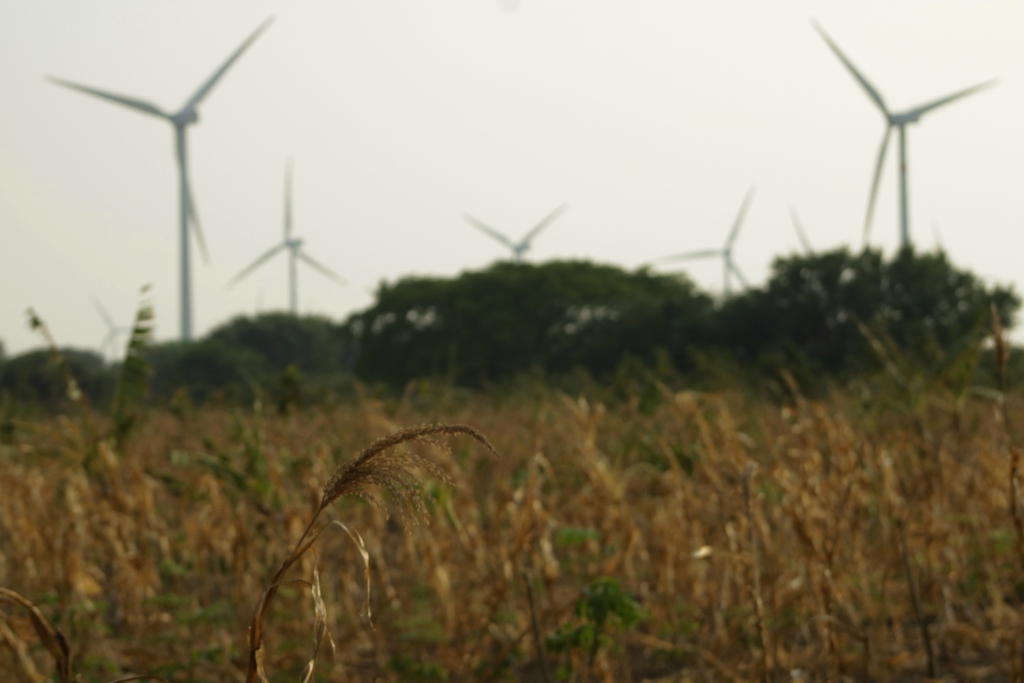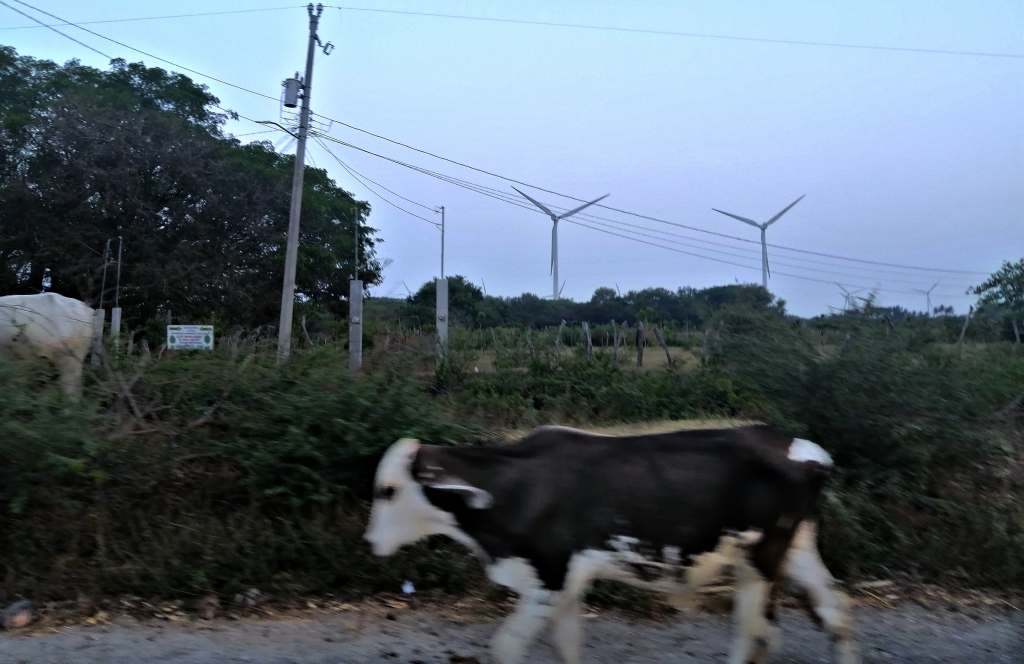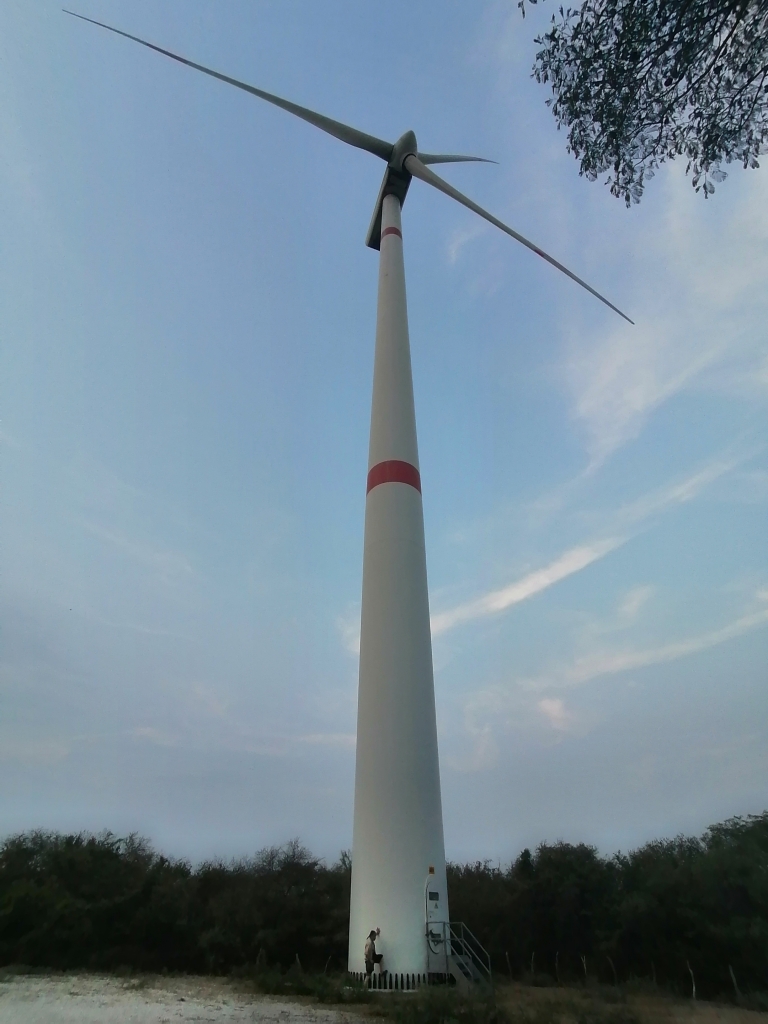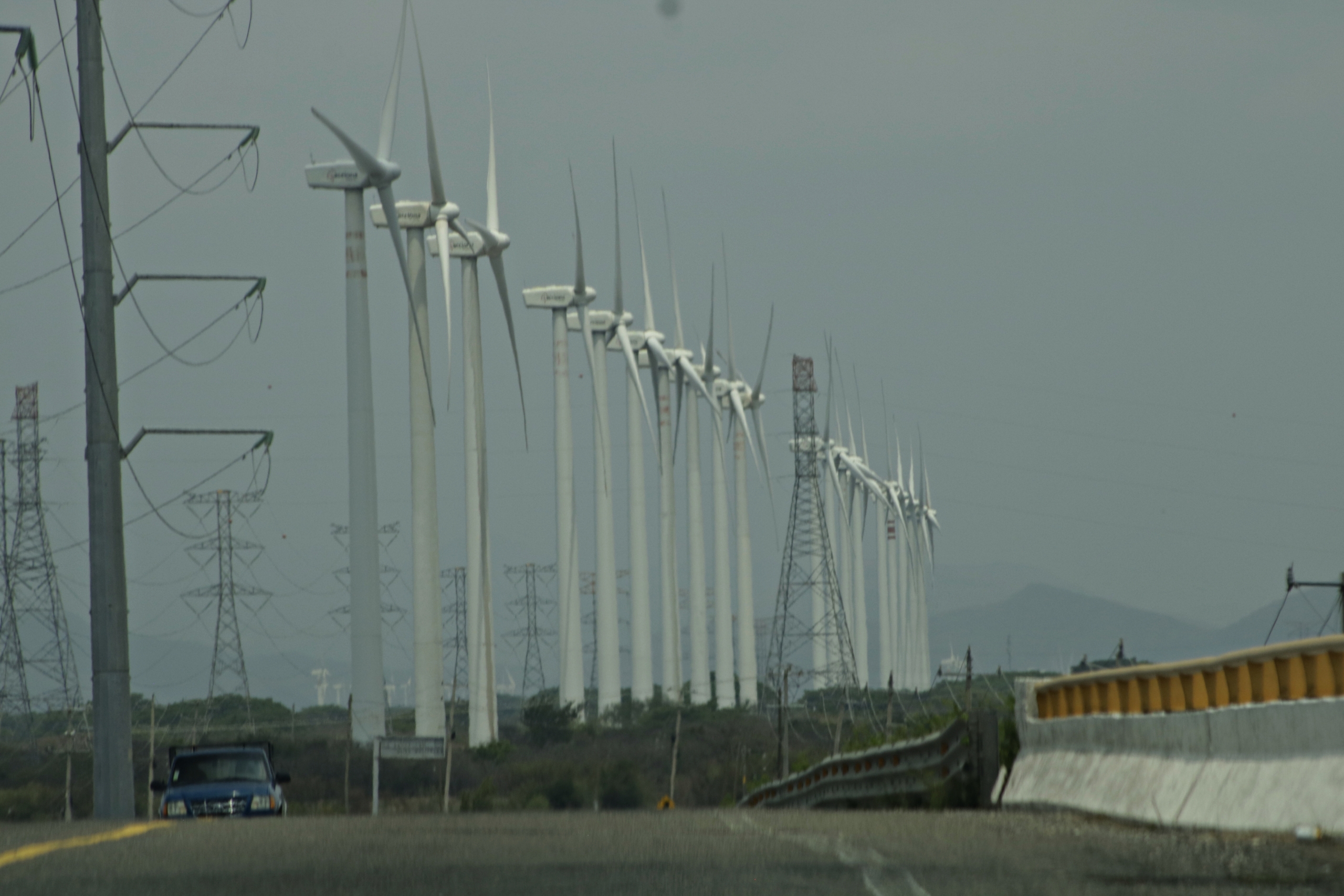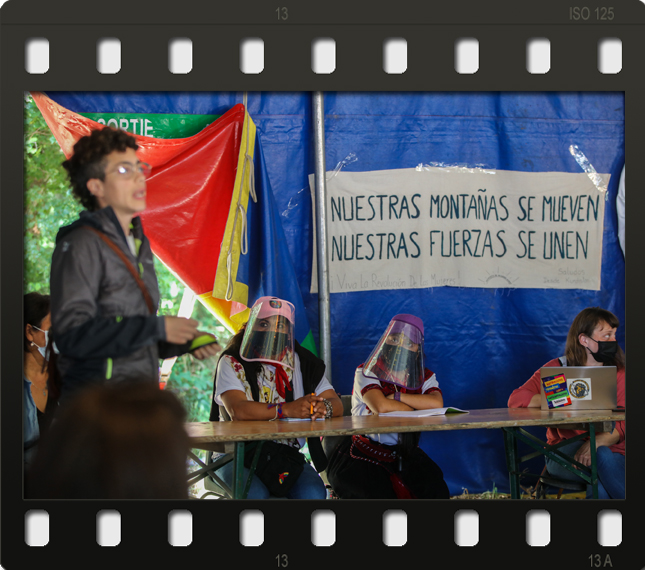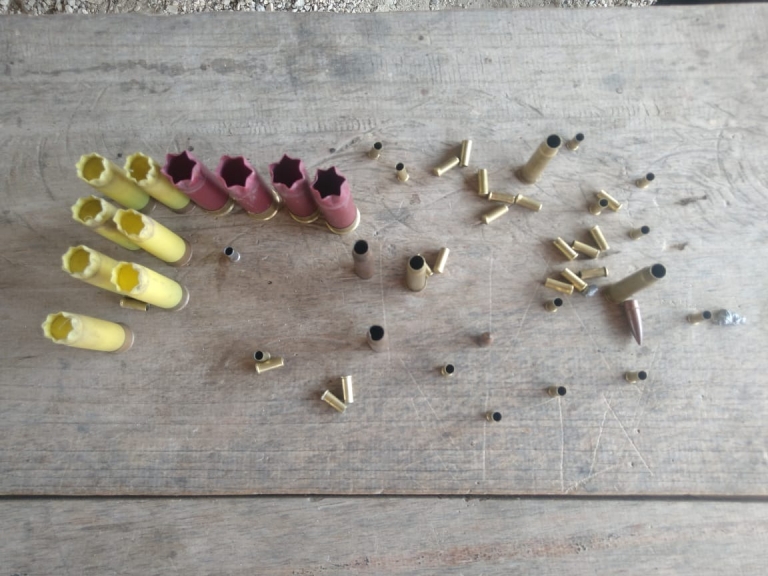Don Celestino arrived long before the wind generators arrived on the land now occupied by these giants. He was 8 years old and now has white hair. The wind farm was installed 10 years ago, leaving his land surrounded by 117 generators that work 24 hours a day, producing a constant hum and affecting Celestino, his crops and his animals in various ways.
He recalls that when the generators were first installed, his calves were born with a giant hernia. When he participated in the barricades in 2013 against the wind farms, he was harassed by hired killers working for the Spanish company Gas Natural, formerly called Fenosa, owner of the wind farm. Due to the constant buzzing he claims he is losing his hearing, he used to be able to distinguish motorcycle or car sounds and know how far away they were and even who they belonged to.
Now he suffers from the lack of water, caused directly or indirectly by the company that wants him out. But Celestino resists, he sows life in the midst of a hostile landscape for his corn, papayas and bananas that grow in clusters, for his chickens and cows that roam amidst the giants that measure about 80 meters.
Most of his neighboring farmers have accepted the money offered by the company to stop planting, but not him. He says there is no money to buy the life he cultivates.
The park that surrounds Celestino’s land is one of more than 30 around the isthmus with a concession of 25 years with the possibility of renewing for another 25 years. The truth is that these megaprojects do not generate jobs, most of them belong to foreign companies and the energy they generate is not for the inhabitants but for companies such as Walmart, Bimbo, Nestlé, among others.
Celestino is like a modern Quixote who fights and resists against the giant air mills. Celestino is an example of a warrior for life.
Celestino is an example that the south resists.
